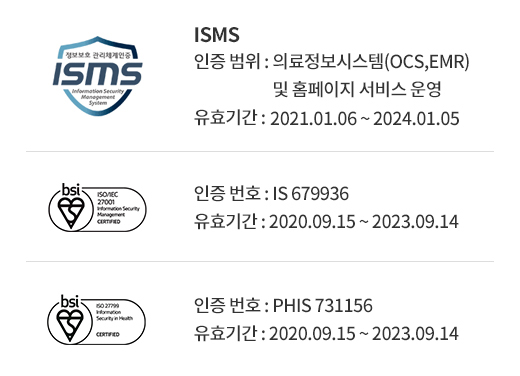-
-

-
Byun, Seok-Soo
Specialty Prostate cancer, Kidney cancer, Robotic surgery
about appointment
-
-
-

-
Hong, SungKyu
Specialty Prostate cancer, robotic surgery, kidney cancer, bladder cancer, BPH and other prostatic diseases
about appointment
-
-
-

-
Jeong, SeongJin
Specialty Voiding dysfunction, urinary incontinence, prostatic disease
about appointment
-
-
-
.png
)
-
Lee, Sangchul
Specialty Prostate cancer, Kidney cancer, Bladder cancer
about appointment
-
-
-

-
Oh, JongJin
Specialty Bladder cancer, urothelial cancer, urinary stone
about appointment
-
-
-

-
Lee, Hakmin
Specialty Prostate cancer
about appointment
-
-
-
.png
)
-
Kim, HyungJoon
Specialty Kidney and Ureter stone, Endourology(Endoscopyc & Robotics), Kidney cancer, Kidney transplantation, Prostate disease, Hematuria
about appointment
-
-
-
.png
)
-
Chung, Younsoo
Specialty -
about appointment
-
-
-
.png
)
-
SONG, SANGHUN
Specialty Urologic oncology, urolithiasis, benign prostatic hyperplasia, and prostatic disease
about appointment
-






